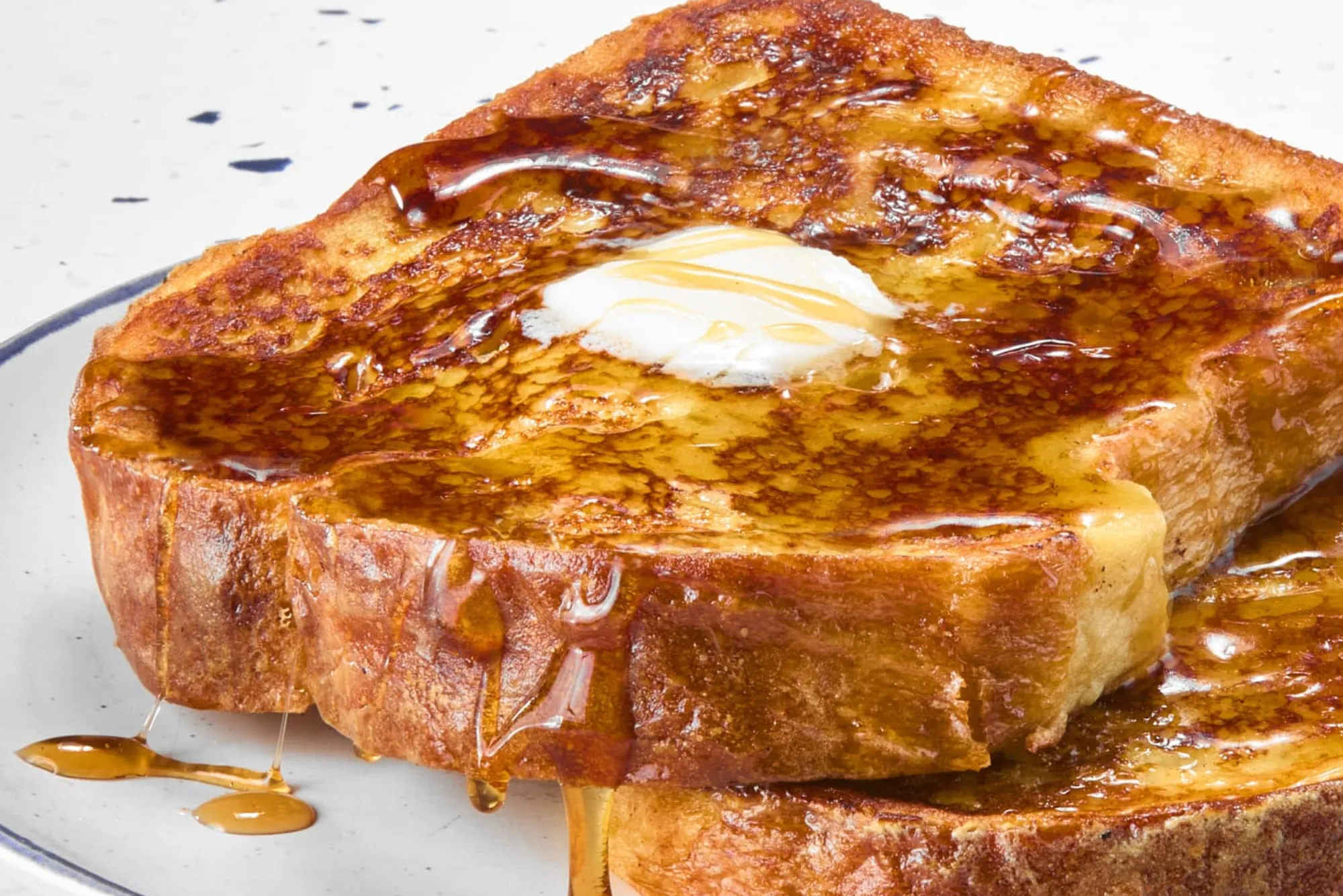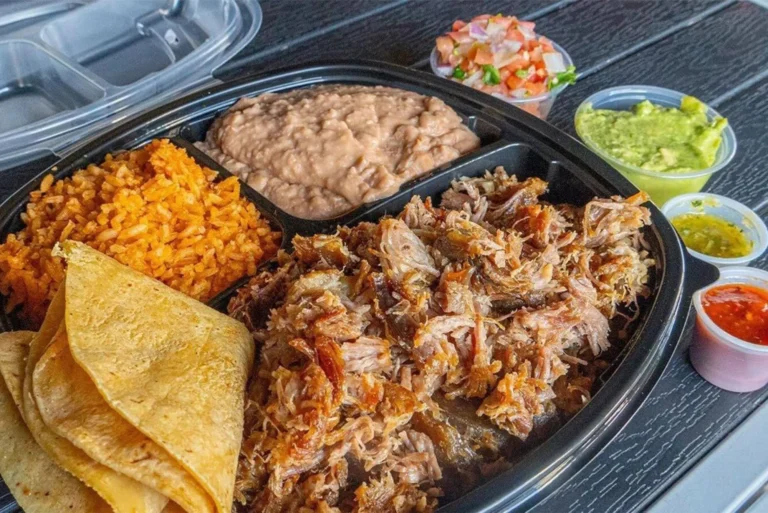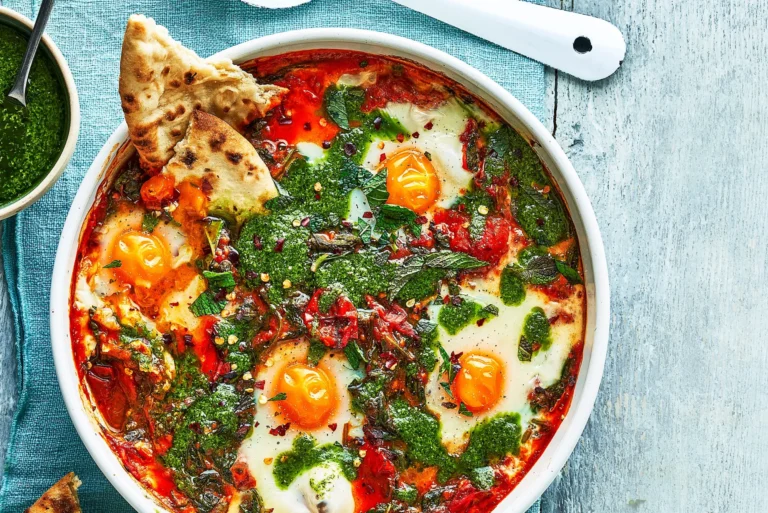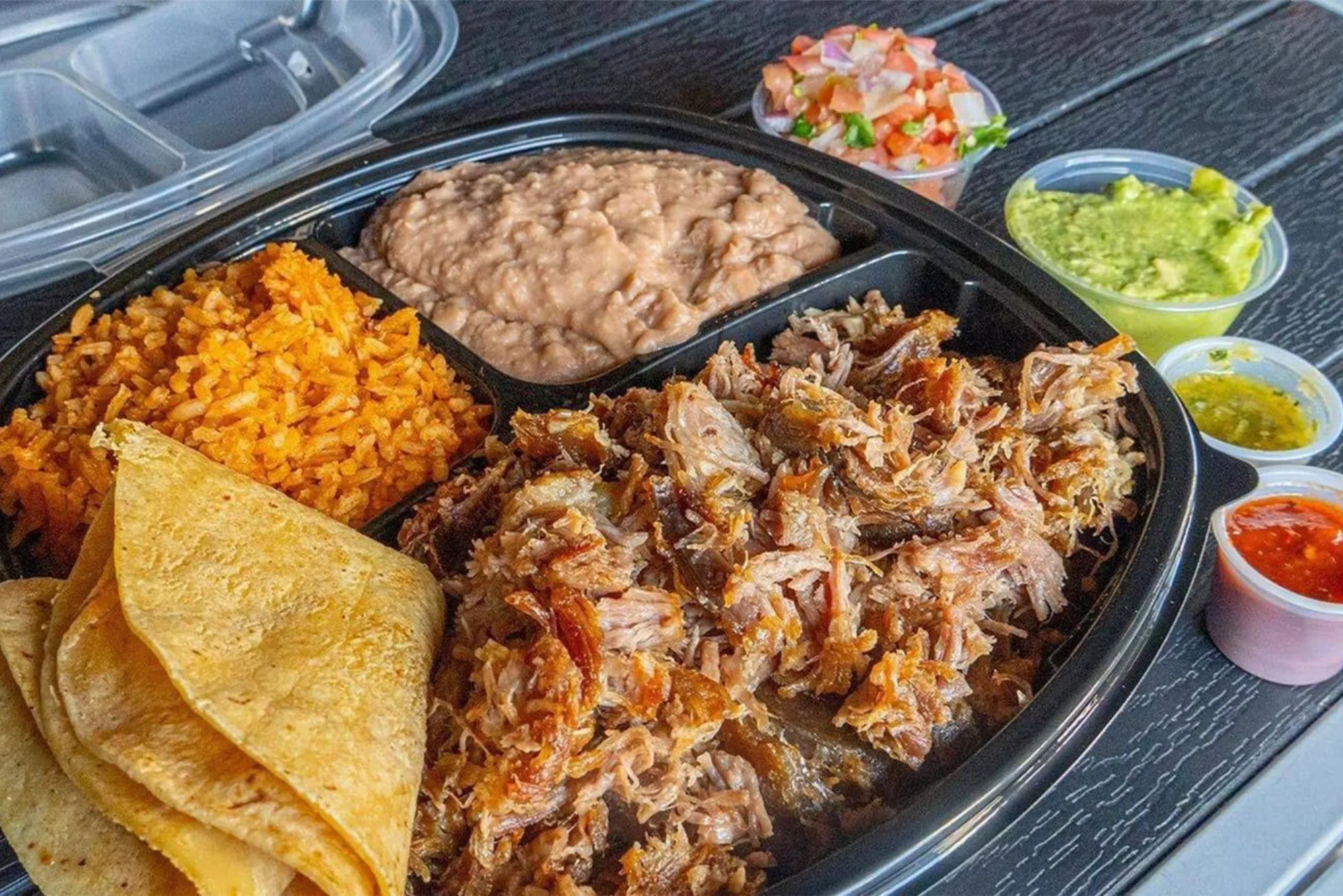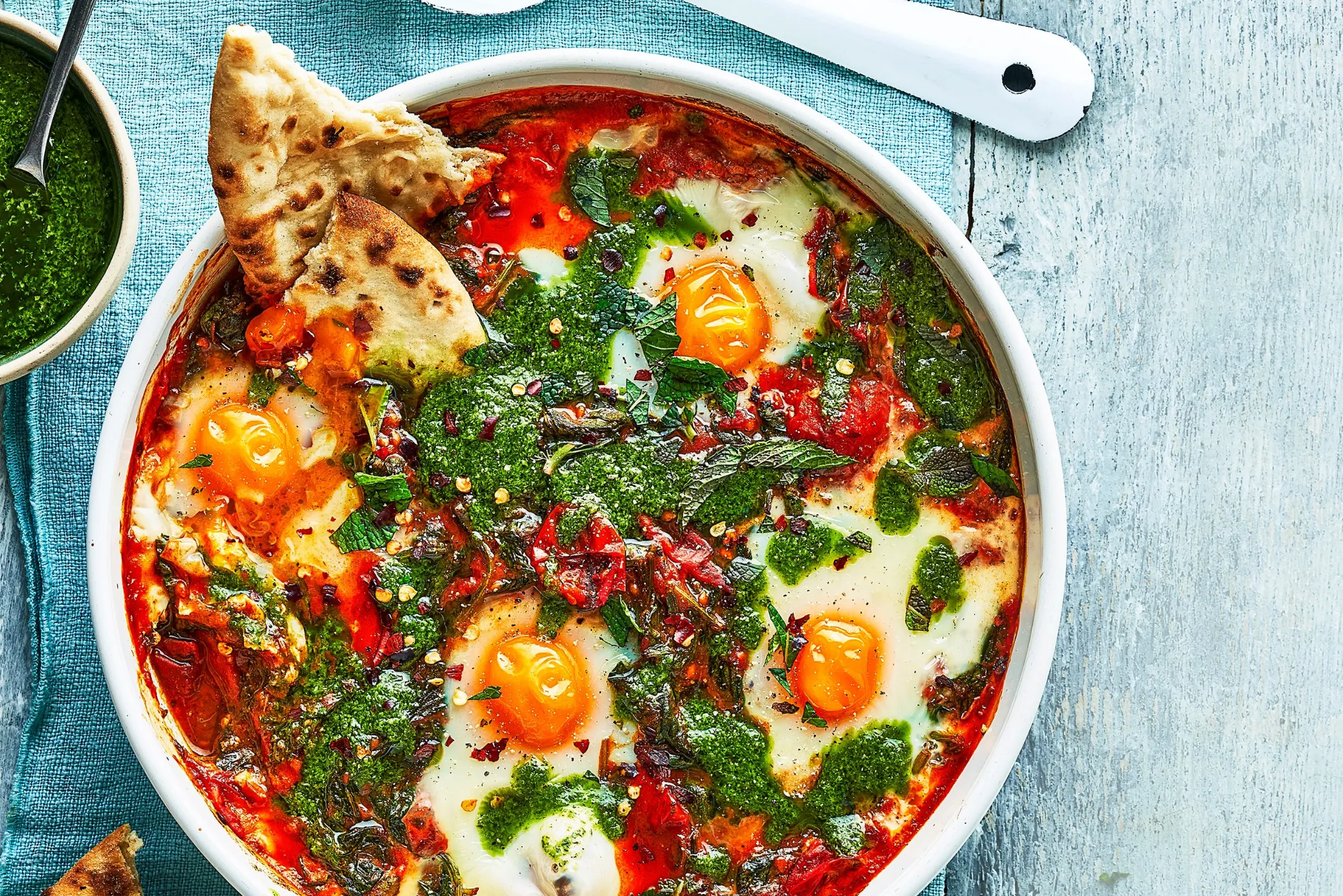The 2010s was a transformative decade for fashion, marked by a fusion of technology, social media influence, and a nostalgic revival of past styles. This period saw the rise of fast fashion, the democratization of fashion through digital platforms, and a significant shift towards sustainability and ethical practices. Let’s explore the defining fashion trends of the 2010s.
Influences on 2010s Fashion
Technology and Social Media
The explosion of social media platforms like Instagram and Pinterest revolutionized how fashion trends were disseminated and adopted. Influencers and bloggers became key trendsetters, and the immediate nature of these platforms accelerated the trend cycle. Fashion was no longer dictated solely by designers and fashion houses; instead, it became a more democratized space where anyone could influence trends.

Celebrities and Pop Culture
Celebrities and pop culture had a profound impact on fashion. The Kardashians, Lady Gaga, and Rihanna, among others, often set trends with their bold and unique styles. TV shows like “Gossip Girl” and music videos also influenced mainstream fashion. These celebrities not only wore avant-garde outfits but also often collaborated with designers, creating new lines that fans eagerly adopted.
Nostalgia and Vintage Revival
The 2010s saw a resurgence of styles from previous decades, particularly the 90s and early 2000s. This revival was characterized by chokers, high-waisted jeans, and vintage sportswear. Thrift shopping and upcycling became popular, as people sought to create unique looks by blending vintage pieces with modern trends.
Key Fashion Trends
Athleisure
Athleisure, a blend of athletic and leisure wear, became a dominant trend. Comfortable, stylish, and versatile, athleisure included leggings, hoodies, and sneakers, making gym wear acceptable in everyday settings. Brands like Lululemon and Nike led this trend, offering high-performance wear that doubled as fashion statements.
Streetwear
Streetwear, influenced by skateboarding and hip-hop culture, gained mainstream popularity. Brands like Supreme, Off-White, and Yeezy brought urban fashion to the forefront, with graphic tees, oversized hoodies, and statement sneakers becoming staples. Streetwear’s appeal lay in its accessibility and its roots in counterculture movements.
Minimalism
Minimalism embraced simplicity and functionality. Monochromatic outfits, clean lines, and a neutral color palette defined this trend. Scandinavian brands like Acne Studios and COS epitomized minimalist fashion, focusing on high-quality basics that could be easily mixed and matched.
Sustainable Fashion
Growing awareness of environmental issues led to a surge in sustainable fashion. Consumers and brands alike began prioritizing eco-friendly materials, ethical production practices, and reducing waste. Brands like Stella McCartney and Patagonia were pioneers in this movement, promoting transparency and encouraging consumers to buy less but better-quality items.
Gender Fluidity
The 2010s saw a breaking down of traditional gender boundaries in fashion. Androgynous styles became popular, with many designers creating unisex collections. Celebrities like Jaden Smith and Tilda Swinton often sported gender-fluid fashion, challenging societal norms and promoting inclusivity in the fashion industry.

Notable Fashion Moments
Met Gala Themes
The Met Gala, with its extravagant themes, produced some of the decade’s most iconic fashion moments. Rihanna’s 2015 yellow Guo Pei gown and Lady Gaga’s 2019 multiple outfit reveals are memorable highlights. These events showcased the creativity and boundary-pushing nature of contemporary fashion.
The Rise of the Influencer
Influencers like Chiara Ferragni and Aimee Song turned their fashion blogs into empires, becoming powerful voices in the fashion industry. Their daily outfit posts and collaborations with luxury brands set new trends and standards. The rise of the influencer changed how fashion was marketed and consumed, making it more interactive and personal.
High Fashion Collaborations
Collaborations between high fashion designers and mainstream brands became a significant trend. H&M’s collaborations with Balmain and Moschino made high fashion accessible to a broader audience. These partnerships brought exclusive designs to the masses, blurring the lines between luxury and fast fashion.
The fashion trends of the 2010s reflect a decade of innovation, inclusivity, and a blend of old and new. From the rise of social media influencers to the increasing demand for sustainable practices, the 2010s set the stage for the future of fashion. As we move forward, the lessons and styles from this transformative decade will continue to influence the fashion world. The 2010s were a testament to how rapidly fashion can evolve and adapt to changing societal norms and technological advancements.



